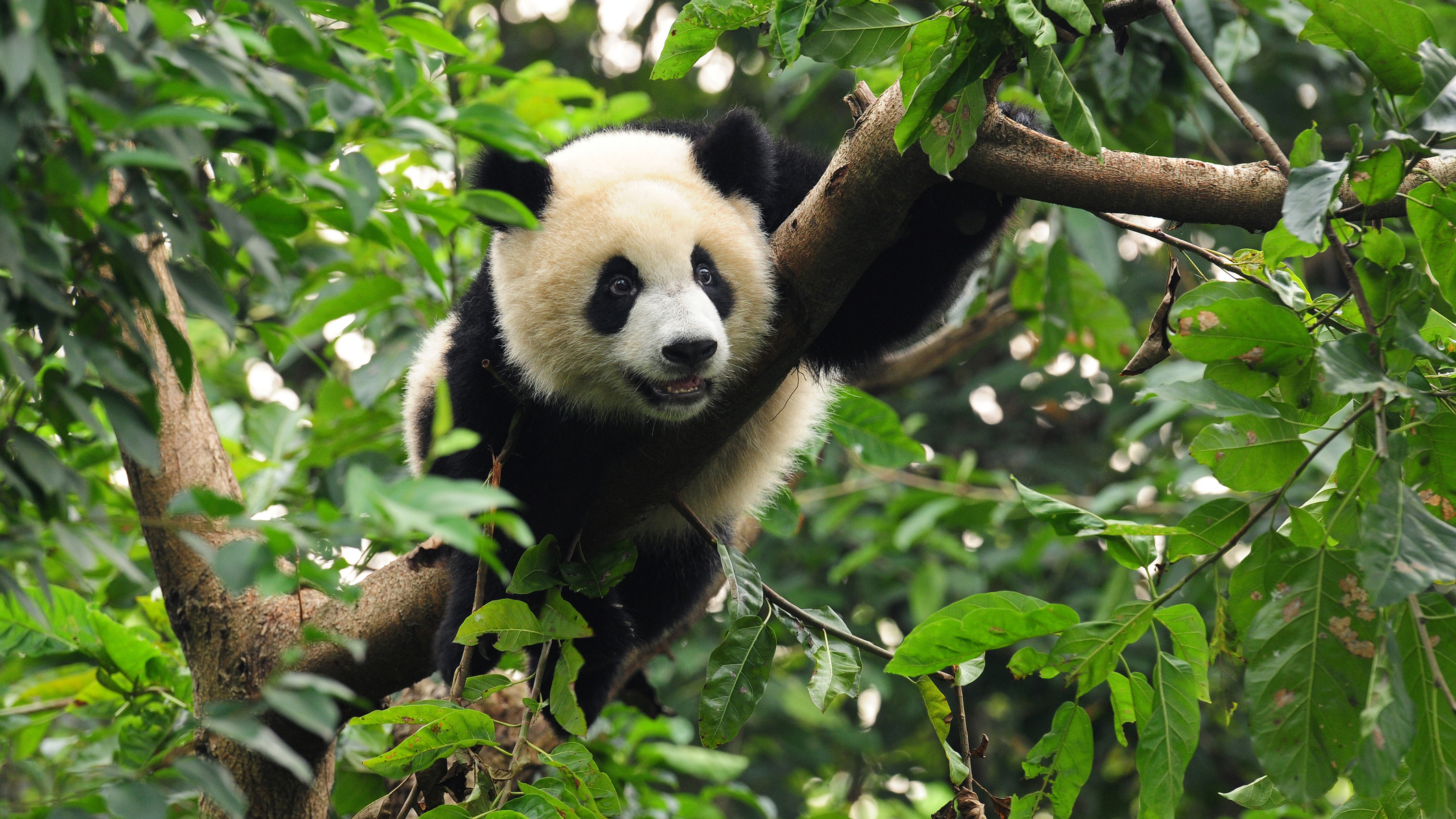Tuesday, Oct 3, 2017
by Robert Leitner ’17
Nestled into the Min Mountains in the Chinese province of Sichuan, Loreena Avery, a junior environmental science major and sustainability minor, helped reintroduce giant pandas into the wild this summer. With fewer than 1,900 in the wild, the distinctive black and white animals are vulnerable to extinction.
Avery was participating in the Global Cause Foundation’s efforts to protect the species by reintroducing captive-born giant pandas into their natural habitat and growing their population.
“Since these pandas were born and raised in captivity, they had to be trained to survive on their own," says Avery. "Researchers diligently select individuals who are most fit for release and carefully determine the best release site to ensure their survival in the wild."
Avery is among a number of Rider students who are participating in science research around the globe. This year, a record number of students in the College of Liberal Arts and Sciences were selected for highly competitive Research Experiences for Undergraduates (REU) opportunities funded by the National Science Foundation.
Imani Guest studied volcanism at the University of Hawaii; Shayna Holness visited the University of Virginia to research Multi-Scale Systems and Bioengineering; Naomi Jainarine visited the University of Oregon to research marine sciences; Bretton Nabit studied neuroscience at Vanderbilt University; and Alexandra Santora visited the California Institute of Technology/Jet Propulsion Laboratories to study astrobiology. All students are now seniors.
Avery arrived in China in late June and worked alongside Dr. Ramana Callan, a researcher with Global Cause at the Chengdu Research Base of Giant Panda Breeding, by preparing a future release site for giant pandas. The site was located 6,000 feet above sea level. To get there, they drove two-hours up a mountain on a switchback road that was defined by erosion, rocks and, occasionally, waterfalls.
Avery assisted in marking square plots at the site and surveying the minute details in each plot such as soil composition, plants, ground cover and, of course, bamboo.
“The plots I marked were in a large learning enclosure, in which a panda would live for three weeks prior to being released,” Avery says. “This intermediate space gives the panda a chance to adapt to its new environment. It also gives researchers an opportunity to study the impact the animal has on its ecosystem by looking at the soil composition and biodiversity before and after the panda inhabits it."
To survey the plots, Avery used the same skills she learned in an environmental science class taught by Dr. Dan Druckenbrod, director of sustainability and an associate professor in the Department of Geological, Environmental, & Marine Sciences. Druckenbrod says Avery's internship provided an invaluable first-hand perspective on the concepts he introduces in his classes.
“Not only was Loreena applying scientific skills in studying the suitability of soils for panda reintroduction, she also considered the broader context of panda ecotourism through its impact on the people and economy of the region," he says. "I'm certain too that Loreena's insights from this experience will remain with her long after she graduates from Rider. As I've seen in my class, she's a bright student who is both passionate about science and helping others — characteristics that will carry her far.”
Rider's environmental science program requires all students to participate in extensive fieldwork, providing the knowledge and skills required for a wide range of potential careers while exploring a rich diversity of ecological environments. Such fieldwork often fulfills the requirement of all Rider students to complete at least two high-impact engaged learning experiences as part of their graduation requirements.
Out of the mountains, Avery spent a majority of her time in Dujiangyan’s Panda Valley, similar to a panda zoo, where she saw Callan work with cubs. She notes that Rider sharpened her research skills, which she used to find research articles and other pertinent information related to their studies in China.
In between traveling up mountains and spending time at Panda Valley, Avery found time to immerse herself in the local culture — eating spicy foods and making friends in the local community.
“The people were wonderful,” Avery says. “I met a girl who was my age at the local market and she invited me to her family’s lunches and dinners every day I was available. She showed me all around Dujiangyan, and helped me whenever I needed it. Before leaving for America, she gave me a bag of food from her shop that I enjoyed with my family back home. This is just a snapshot of typical Chinese hospitality.”
While contributing to the Global Cause Foundation's efforts, Avery found her environmental studies helped her achieve a goal of sustainable action that balances society, the environment and the economy.
“This trip was an opportunity to think critically and devise solutions to issues that came up along the way,” Avery says. “The experience was a further step along the final goal of reestablishing a population of a highly revered animal for people to enjoy for many generations to come.”

